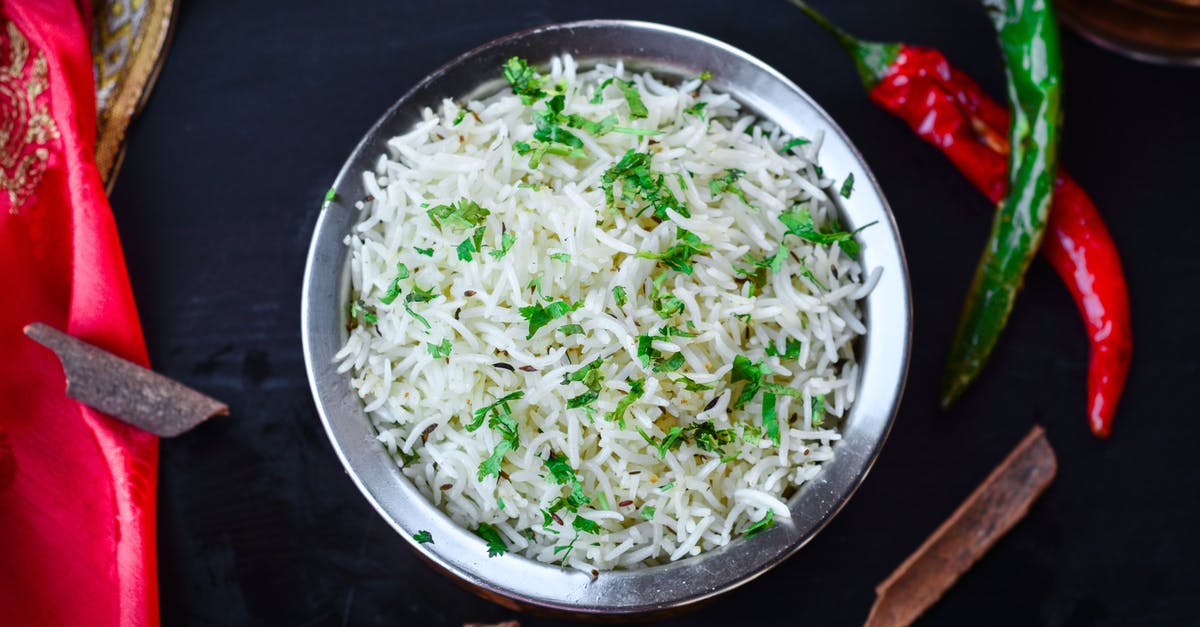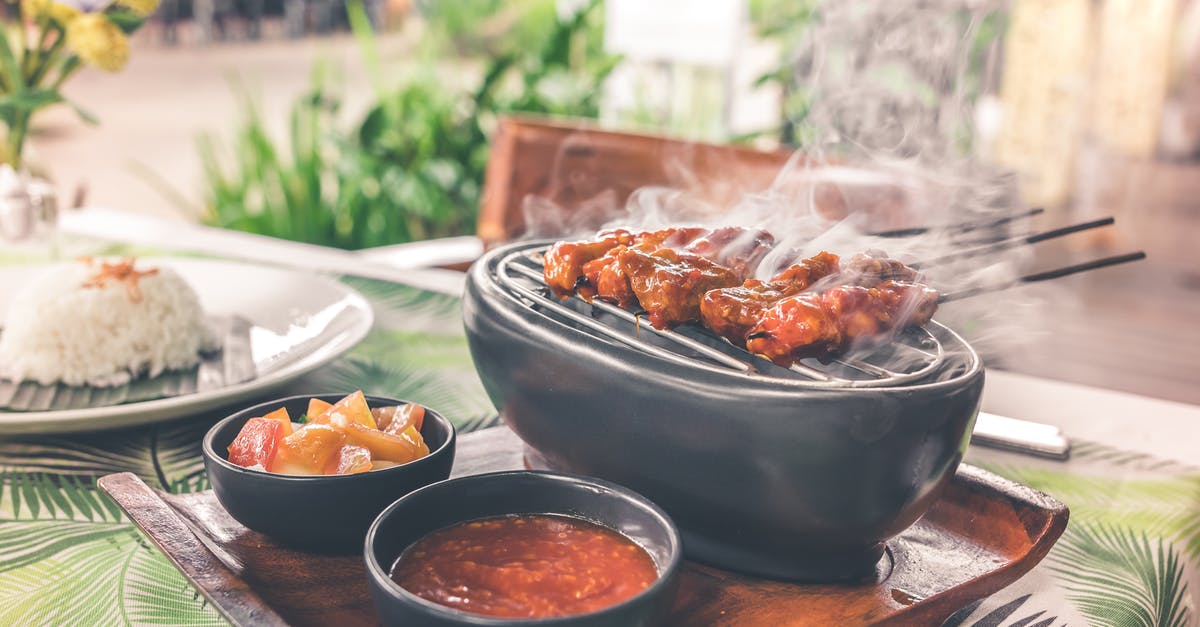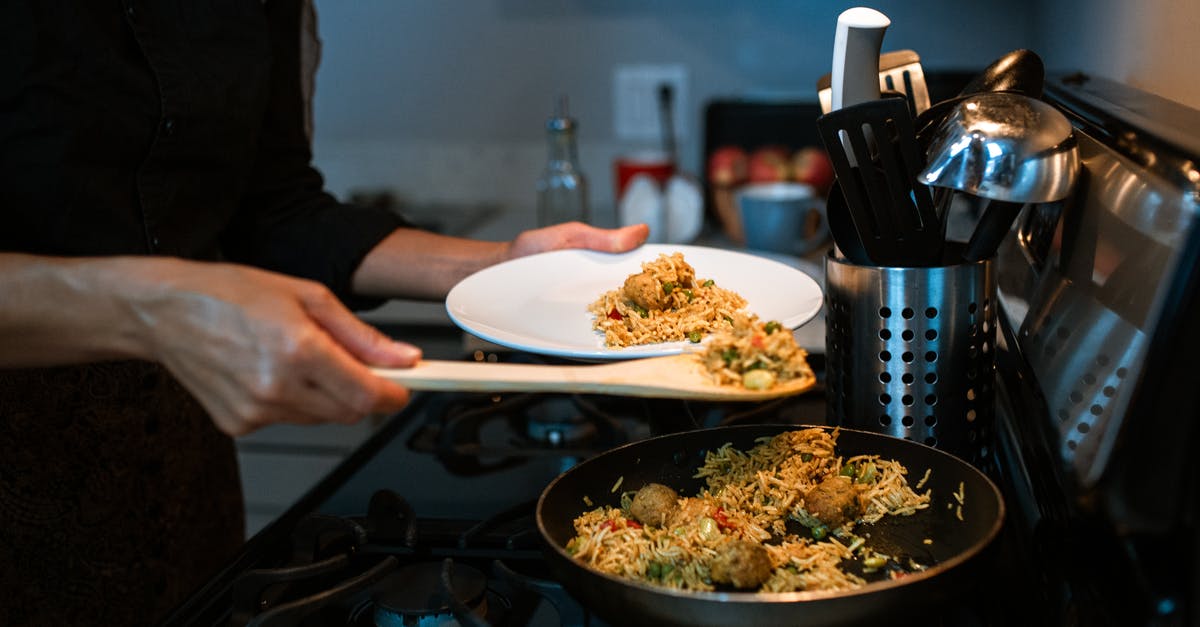How to retain the saltiness and spicy flavour of biryani rice?

When preparing chicken dum biryani, the chicken and rice are first partially cooked separately. The steps for cooking the rice go like this:
- Wash the rice.
- Soak the rice in water for 30 minutes.
- For each cup of rice used, take two cups of water and boil it.
- Add some whole spices to the water, and add some ghee or oil to the water.
- Add just enough salt to the water that it tastes like sea water (one recipe actually mentioned this 'sea water' bit).
- When the water starts boiling, take the rice and add it to the boiling water. The water will take some time to get to a boil again. Once it does, cook the rice for 8 minutes or until it is cooked 80% (al-dente).
- Switch off the flame.
- Immediately strain the rice in a colander or pour cold water to cool the rice and stop it from getting cooked further. Drain the water from the rice.
For step 8, one recipe was ok with washing the partially cooked rice further, to get rid of any extra starch floating around.
My questions:
Question 1. When I cooled the rice by pouring cool water in step 8 and then drained the water, the rice lost the saltiness that's crucial to the biryani taste. The end result was a bland biryani. Even the spiciness of the whole spices added to the water was missing. What exactly is the point of adding salt, spices and ghee to the water, if the water is to be thrown off? How can the salty taste be retained?
Question 2. If I do not drain the water, the rice tastes good (because the salt and spices are retained), but it ends up getting cooked further and becomes mushy or sticky. Is there a way to cook the rice without it become mushy, but also not having to drain the water? The rice should get fully cooked eventually though.
None of the recipes I checked, mentioned the details of how to retain the taste and flavour while still ensuring that the rice does not get mushy or sticky. I primarily use jeera rice, but sometimes use basmati rice too.
Best Answer
From all the biryani recipes I've followed, I agree that it seems strange that after you par-boil the rice that it is rinsed in cold water. This would wash off any flavouring on the outside of the rice, but shouldn't affect any flavour absorbed by the rice. If the stock the rice is cooked in is well flavoured with spices, it will change colour slightly and this should be reflected in the colour of the partially cooked rice, which is a good indication the flavour has penetrated. This is the method I use, and is pretty much common in all biryani recipes.
- Wash your rice well in cold water to get rid of any excess starch. You need at least 3 good changes of water to do this, you will not manage to get the water completely clear but it should not be milky. Some recipes call for the rice to be soaked for 15-30 minutes in cold water, I avoid this as some varieties of rice can easily overcook. Place the rice in a sieve or colander to drain well.
- Bring a large pot of water to the boil with salt, hard masala (e.g. bay, cinnamon, cloves, mace, coriander seeds, cumin seeds, cardamon etc.). After about 10-20 minutes gentle simmering with the lid on, the stock should be salty and well flavoured with the spices. Apart from taste, the stock should have taken on the colouring of the spices and not be completely clear, it should have a slight greenish-brown tinge to it.
- Add your rice, return to the boil and reduce the heat so it is just simmering and cover. This is where you need to be careful, different varieties of rice will take different times to cook, even the same brand across batches can differ slightly. You need to wait until the rice is partially cooked through, but the outer layer has not burst, which causes the stickiness. You can tell this by breaking the rice apart with your thumbnail, if a tiny white spot is present in the middle, it is perfect. If you can easily squash the rice between your thumb and forefinger, you have gone too far. You could cheat by adding a little turmeric or food colouring to the water before adding the rice, you can then tell how much stock has been absorbed into the rice by how far the colour has penetrated inside.
- One the rice has reached this point, drain immediately, and it is important that you work quickly here as the rice is still cooking. In a pre-prepared pot with some oil or ghee smeared on the inside, add a small layer of rice on the bottom, but do not push down. Add your meat and or vegetables etc, and repeat with more rice until all your ingredients are used. Finally, cover the pan with some tinfoil (dough or dum was traditionally used), place a lid on top and ensure there are no gaps to let the steam escape, and place on the lowest heat possible for 30 minutes. The rice will continue to steam, and will absorb the juices from the meat etc. Take off the heat, empty onto a large wide plate to prevent the rice continuing to cook.
The critical part is point 3. How long will this take? It all depends on many factors, your variety of rice, how high your burner is, how freely the rice can move in the stock when cooking etc. I try to use 4-5 times the volume of stock to rice, but this allows the rice plenty of room to expand and any excess starch to go into the water rather than stick to the rice.
Using this method, I've not had a sticky, flavourless biryani yet. Provided the rice is not too raw at step 3, you can always err on the side of caution and add it to the pot a bit harder than you think is right, you can always steam it for longer with the foil on provided the meat or vegetables have sufficient liquid to generate some steam.
Pictures about "How to retain the saltiness and spicy flavour of biryani rice?"



Quick Answer about "How to retain the saltiness and spicy flavour of biryani rice?"
How can I make my biryani more spicy?
How to Make Spicy Hyderabadi Chicken BiryaniHow do you make bland biryani spicy?
If you don't have one or two spices like, bay leaves and black cardamom, its ok. You can skip them. And use garam masala powder or chat masala or just extra green chillies. Although, some spices like black cumin and saffron really change the aroma and taste of biryani.What happens if salt is less in biryani?
Even if you forgot to put salt in a dry dish like rice or dry curry just take some water add the required salt and mix it with the dish but mix well and thoroughly for good amount of time so it combines evenly.How do you balance salt in biryani?
Check out these little tricks to remove the excess salt from your food:How To Reduce Salt From Rice Or Biryani? | Simple cooking tips to rescue too salty dish
More answers regarding how to retain the saltiness and spicy flavour of biryani rice?
Answer 2
The idea is to par-cook the rice so when cooking the biryani in the final step with protein, onion and spices, it ends up being cooked perfectly. I make it often. Par cook the rice in lightly salted water (not sea-water salty, at least for me). Drain completely. However, rather than rinsing, I just spread it out on a sheet pan to cool so I can work with it, and so it is not lumped together continuing to steam. Seems to do the trick for me. If you find it is overcooking in the final preparation, par cook for less time.
Sources: Stack Exchange - This article follows the attribution requirements of Stack Exchange and is licensed under CC BY-SA 3.0.
Images: Ahmad No More, Artem Beliaikin, RODNAE Productions, RODNAE Productions
